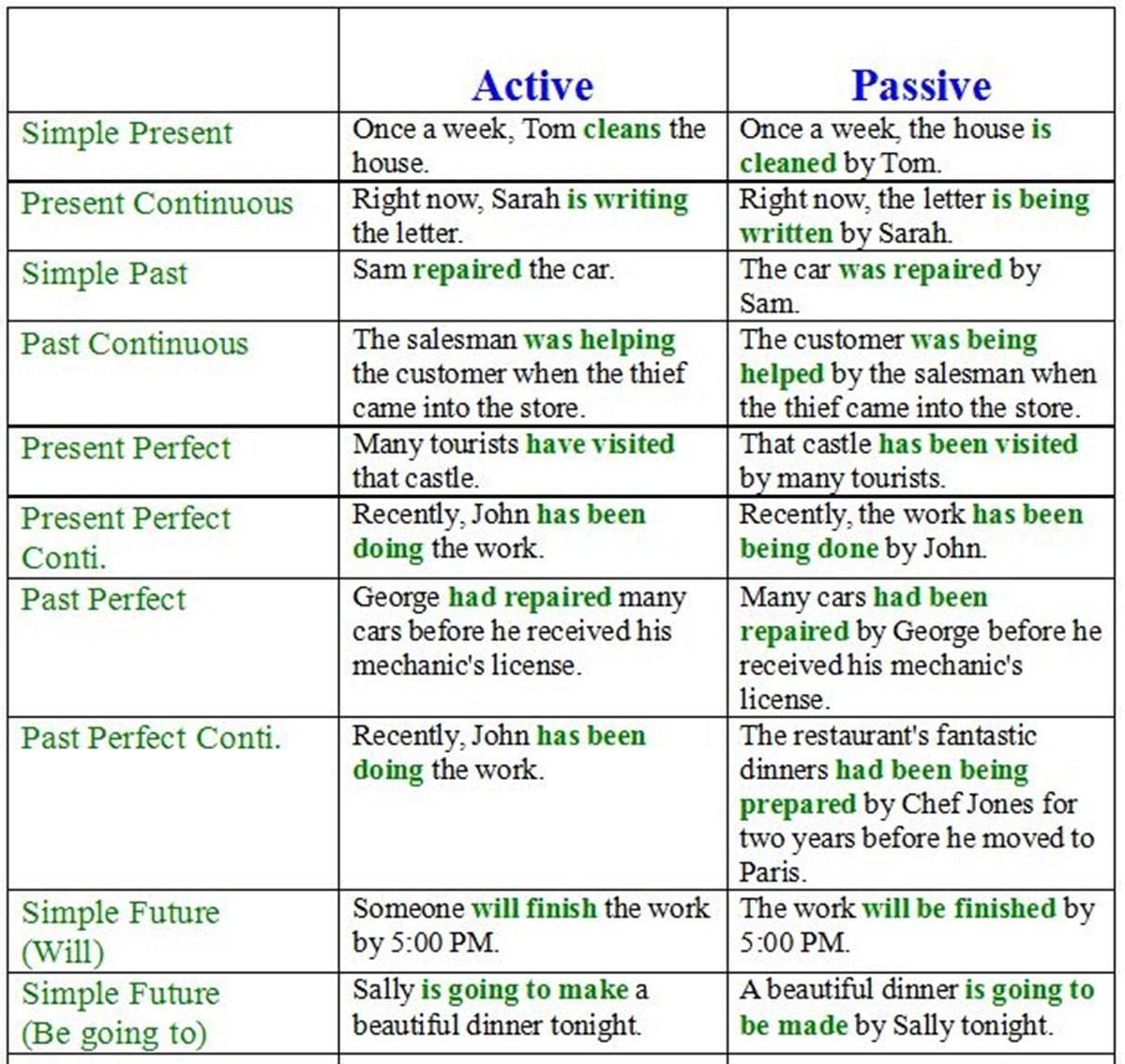Passive statements are sentences where the subject of the sentence is the receiver of the action, rather than the doer of the action. This type of sentence construction is often used when the focus is on the action itself, rather than the person or thing performing the action. Understanding how to identify and use passive statements can help improve your writing and communication skills.
Passive voice is created by using a form of “to be” (such as is, am, are, was, were) with the past participle of the verb. While active voice is typically preferred for its clarity and directness, passive voice can be useful in certain situations, such as when the doer of the action is unknown or when the focus is on the action rather than the doer.
Passive Statement Examples
1. The cake was baked by Sarah. (Active: Sarah baked the cake.)
2. The report has been submitted by the team. (Active: The team submitted the report.)
3. The movie was watched by millions of people. (Active: Millions of people watched the movie.)
4. The new project will be completed by the end of the week. (Active: We will complete the new project by the end of the week.)
5. The letter was written by John. (Active: John wrote the letter.)
Using passive voice can also help create a more formal tone in your writing, which may be appropriate in academic or professional settings. However, it’s important to use passive voice judiciously and be mindful of the potential for awkward or unclear sentences.
While active voice is generally preferred for its directness and clarity, passive voice can be a valuable tool in certain situations. By understanding how to identify and use passive statements effectively, you can enhance your writing skills and communicate more effectively.
In conclusion, passive statements play an important role in the English language and can be used to convey information in a different way than active statements. By practicing and incorporating passive voice into your writing, you can add variety and sophistication to your communication.
